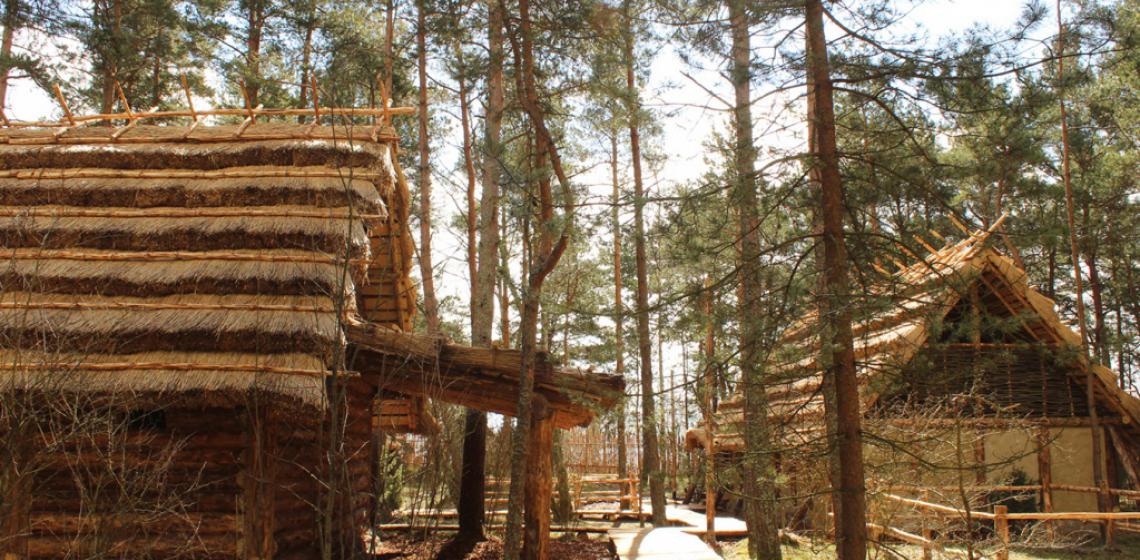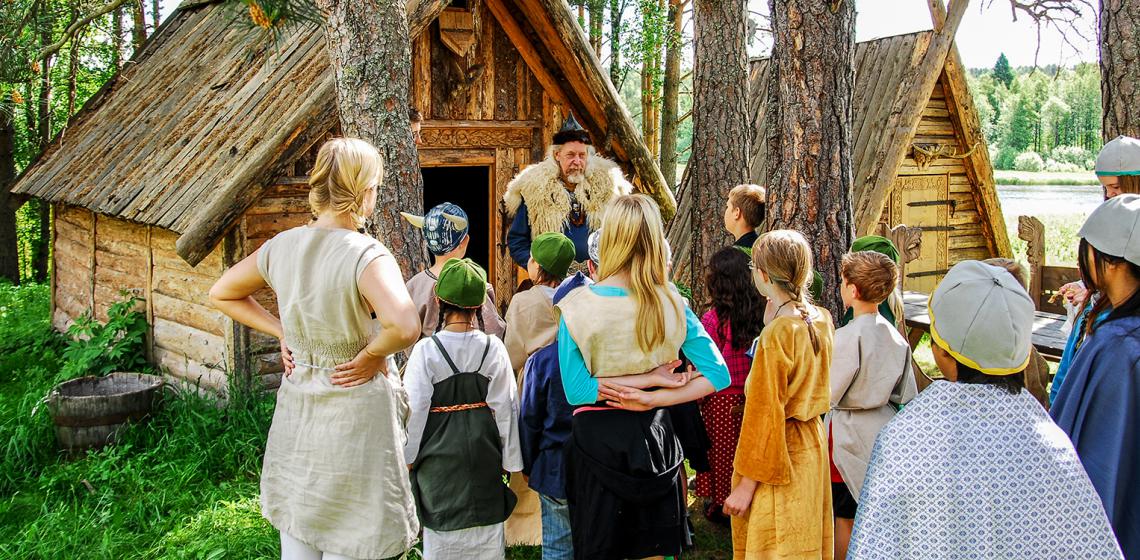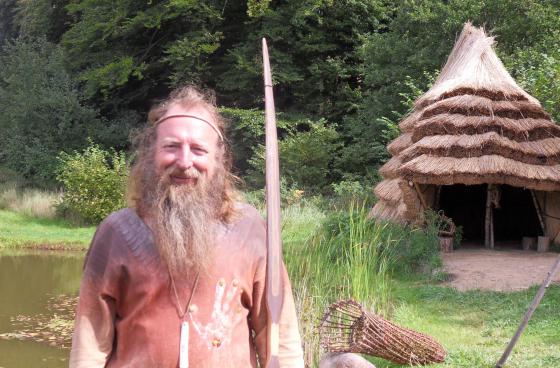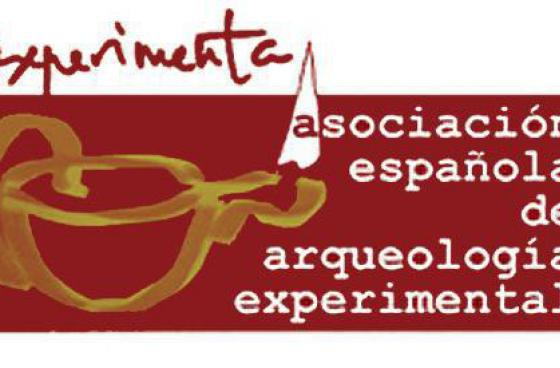In 2009, the Värmlands Vikingacenter, a centre entirely devoted to the history of the Vikings, opened to visitors at Värmland, on the northern shore of lake Vänern, in southwest Sweden.
Extensive meadowland next to the river, which flows into the Harefjorden, reproduces a Viking Age environment where, during the summer months, demonstrations of handcraft techniques are performed and theme-based markets take place. A modern structure houses an exhibition that is well-known to enthusiasts: it consists mainly of scale reproductions of daily activities performed in a Viking port. These were previously displayed at the Jorvik Viking Center in York (England - UK), and acquired with the help of local associations.










